Medium table eggs
These medium table eggs are graded according to size. Other sizes include the large and small. Table eggs are called so as it is not necessary for a hen to mate with a rooster before she can produce an egg. Modern types of hen have been bred/fed so that they will lay even if there is no chance of producing a chick. Layer chicks (from the parent stocks) are sexed and the females are sold as pullets/future layers.
- Eggs are formed in the reproductive tracts of female chicken, with most commercial strains laying 250 to 300 eggs per year depending on the strain and breed.
- The laid eggs are collected daily from the pens/cages and checked for quality via physical observation, candling, etc to detect abnormalities. Once they pass through this phase, the eggs are then graded and sold in crates (6,12,15,30, etc).
- An average table egg contains 12% shell (which is not eaten), with other parts consisting of a mix of protein, minerals, and vitamins. This means that eggs are a highly nutritious food that forms part of a good mixed diet and contain cholesterol (good cholesterol).
- Thus, they are considered super-foods (rich in essential nutrients and antioxidants), indispensable for the healthy growth and development of children, adolescents, and adults.
- The high levels of antioxidants in the egg help preventing the age-related macular degeneration (macular degeneration), which is the leading cause of blindness.
Egg production in Nigeria
In Nigeria, the egg industry is an important intensive animal production system which has displayed strong growth in recent years due to increasing consumption. Eggs are also considered as alternative sources of protein to meat.
- Major egg producers make use of the semi-intensive/intensive egg production system where less number of people care for large numbers of layers in enclosed spaces. However, the free-range systems occur, as well as developing markets and demands for organically produced eggs.

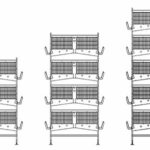



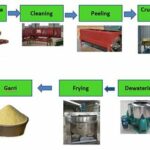

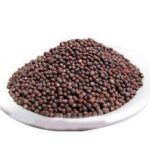





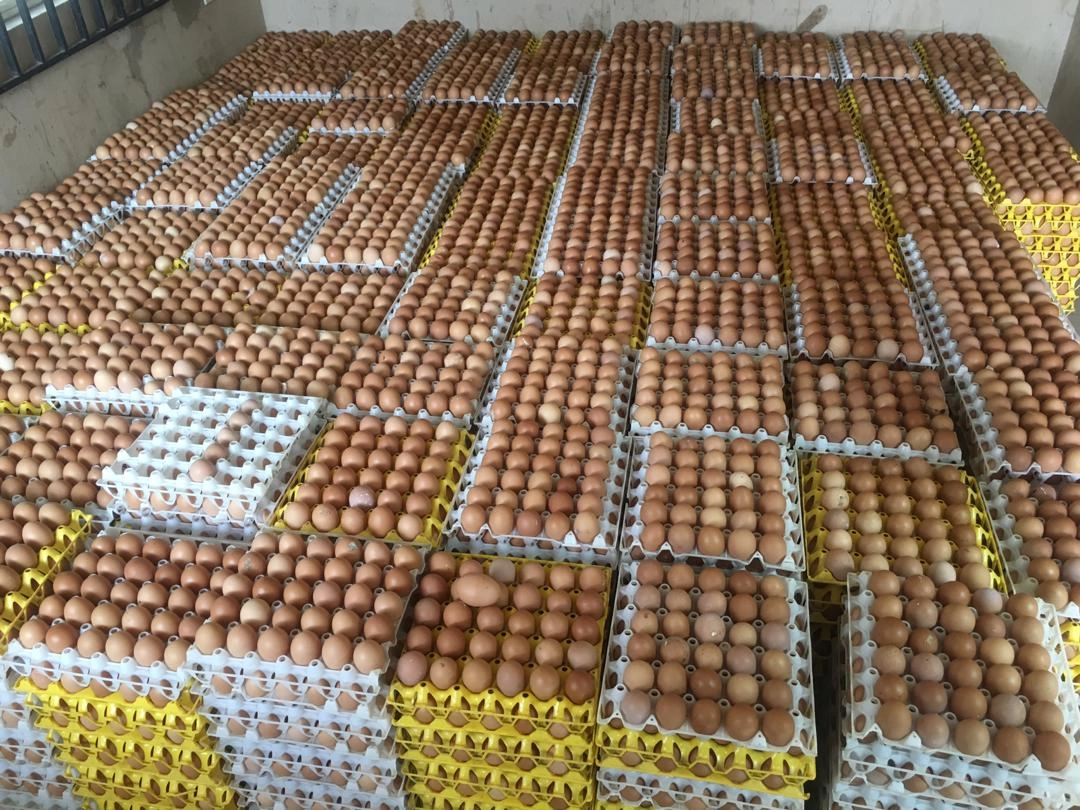
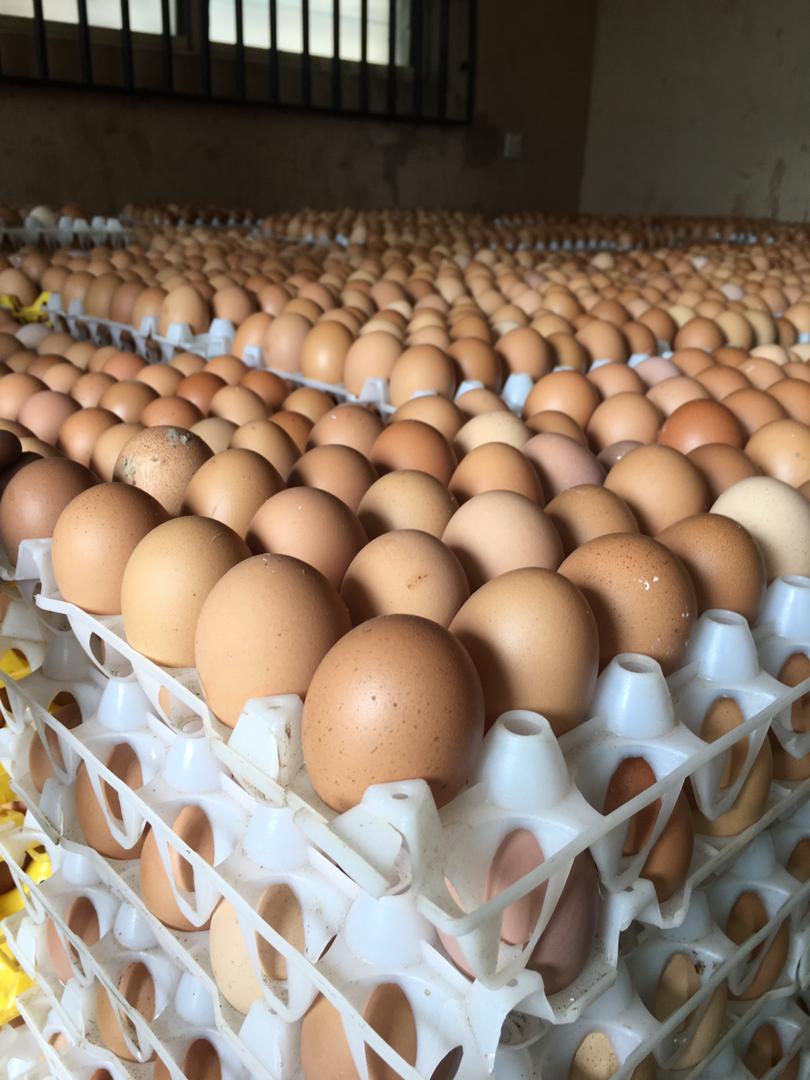




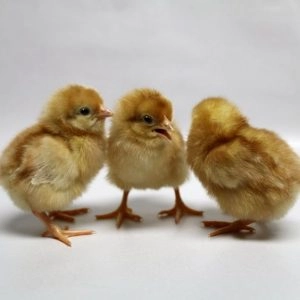

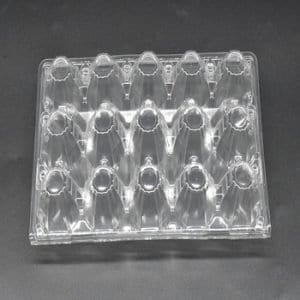
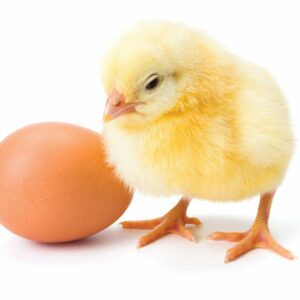
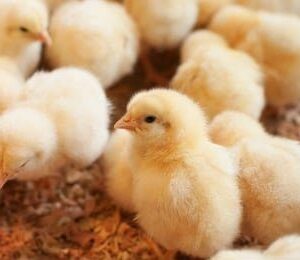
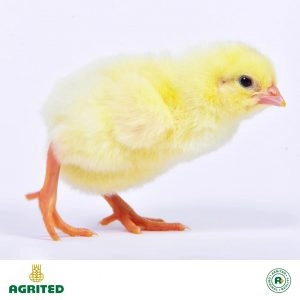
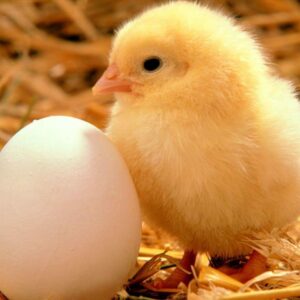
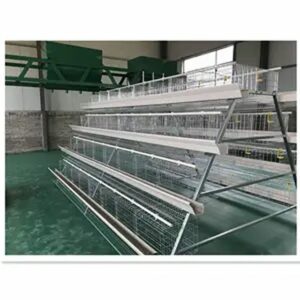
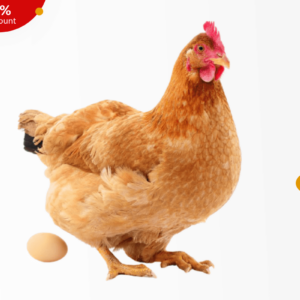

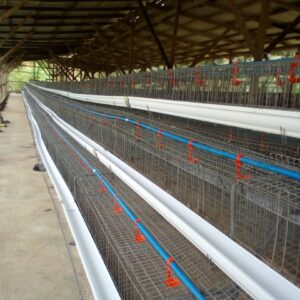

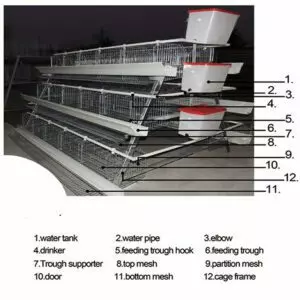

Reviews
Clear filtersThere are no reviews yet.